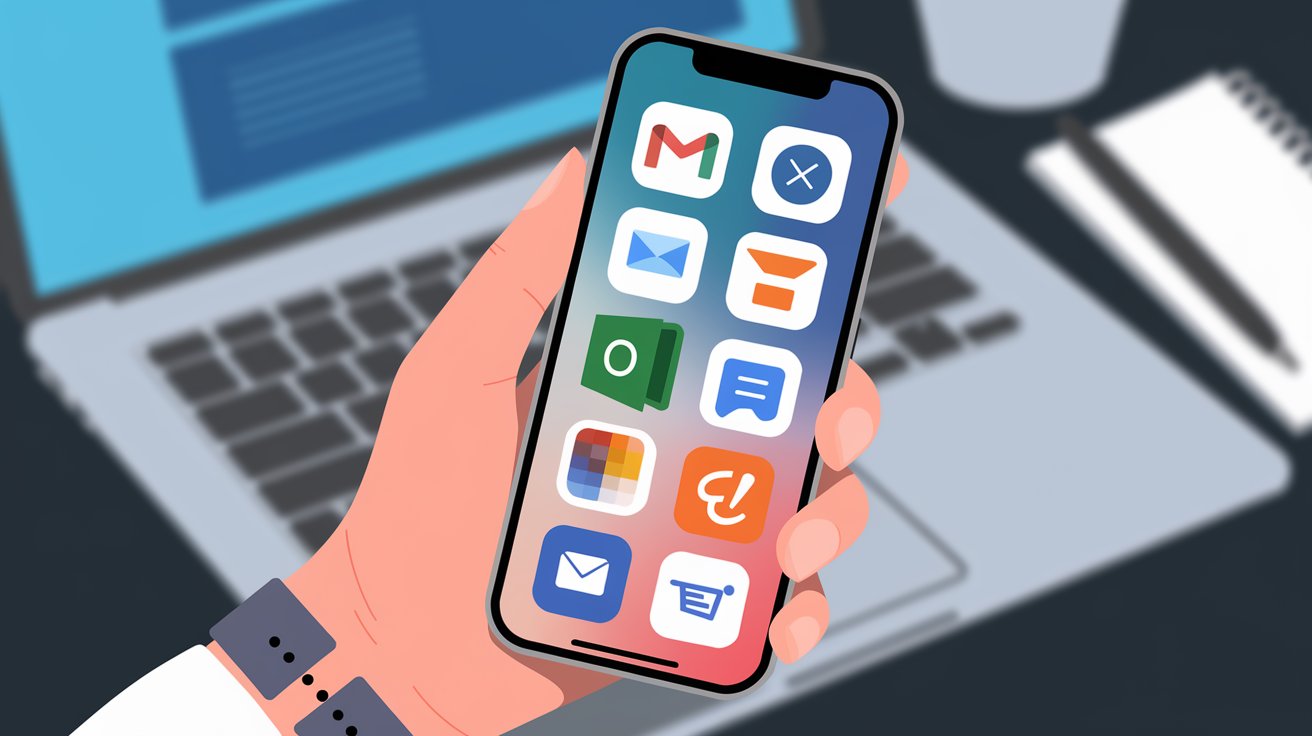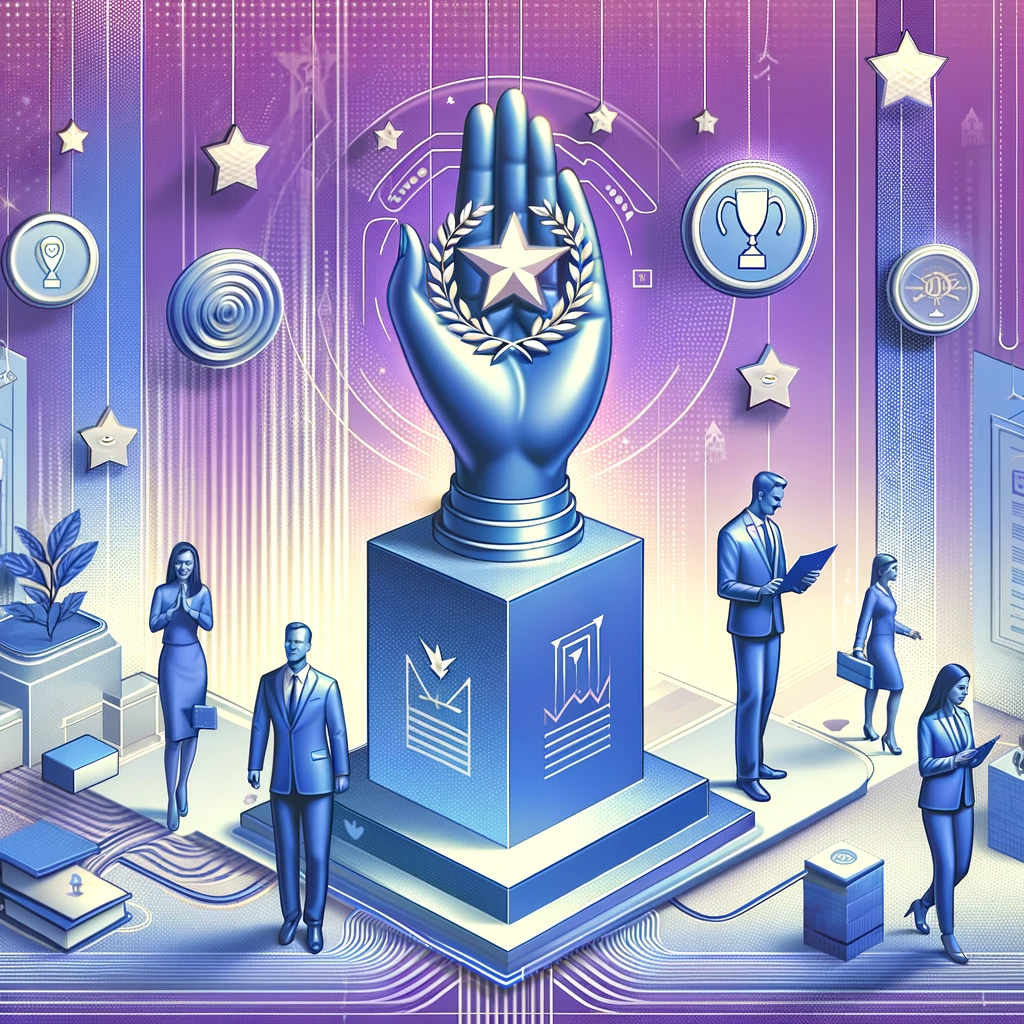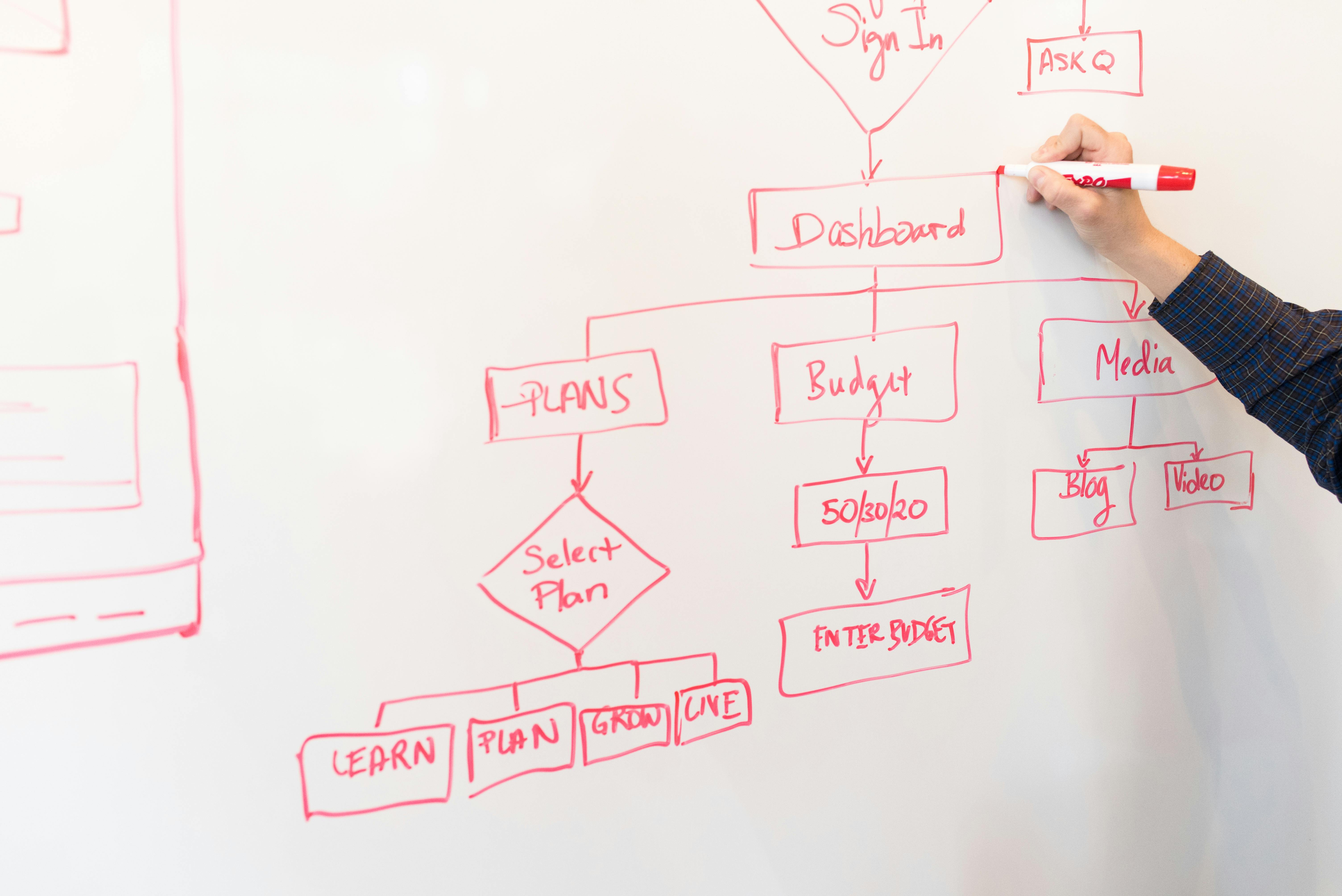Innovate Employee Experience with Design Thinking Now

“Design is not just what it looks like and feels like. Design is how it works.” – Steve Jobs
In a world where customer experience dominates boardroom discussions, companies often overlook an equally critical aspect: employee experience (EX). But forward-thinking organizations have realized that happy, engaged employees are the architects of exceptional customer experiences. And at the heart of this realization is Design Thinking, a human-centered approach that is reshaping how businesses innovate from within.
Rethinking EX with Design Thinking
Design Thinking isn’t new. Pioneered by IDEO and Stanford’s d.school, it’s been a staple in product innovation. However, applying it internally to reimagine employee experience is a more recent evolution.
According to Gallup, only 23% of employees globally are engaged at work (Gallup, 2023). This gap is not just about ping-pong tables or Friday pizza parties—it’s about systemic challenges in how work is designed, experienced, and felt. This is where Employee Experience Design Thinking steps in, bringing empathy, ideation, and experimentation into the HR toolkit.
“People ignore design that ignores people.” – Frank Chimero
The Human-Centered Revolution
Unlike traditional HR programs that are policy-driven, Design Thinking places the employee at the core, mapping their journeys, frustrations, and aspirations. It’s about co-creating experiences, not just rolling out top-down initiatives.
A SHRM study reveals that organizations that adopt Design Thinking for EX report 40% higher levels of employee satisfaction and a 30% increase in retention rates (SHRM, 2023). This isn’t coincidence—it’s the power of seeing employees not just as resources, but as internal customers.
Innovating from Within: The Key Steps
Empathize Deeply
Conduct ethnographic research, interviews, and journey mapping to truly feel the employee pulse. Empathy isn’t a buzzword—it’s the foundation.
Define the Right Problem
Is the issue really about remote work policies, or is it about trust and autonomy? Design Thinking encourages reframing problems.
Ideate Creatively
Engage cross-functional teams and even employees themselves in brainstorming. Co-create prototypes of solutions with them, not for them.
Prototype & Test Fast
Launch pilot programs. Gather real feedback. Refine. Iterate. This is where HR becomes agile and adaptive.
Scale What Works
Use data to back your case for scaling successful interventions, ensuring alignment with broader business strategies.
A Business Case, Not Just an HR Case
Forbes notes that companies that invest heavily in EX outperform the S&P 500 by 122% (Forbes, 2023). The ROI is undeniable. When employees feel heard, valued, and understood, they don’t just show up—they show up engaged, creative, and ready to innovate.
“Take care of your employees and they’ll take care of your business. It’s as simple as that.” – Richard Branson
Conclusion: The Era of Employee-First Innovation
The future of work belongs to organizations that innovate from within. By applying Design Thinking to EX, we move from transactional HR to transformational human experience.
In the words of David Ulrich, the father of modern HR:
“Organizations don’t think, people do.”
And if we design with and for people, the results will be as innovative as any product launch—except this time, the product is a thriving, resilient, and innovative workforce.
References
https://www.gallup.com/workplace/349484/state-of-the-global-workplace.aspx
https://www.shrm.org/labs/resources/the-evolving-landscape-of-hr-embracing-innovation-and-change
https://www.forbes.com/sites/richardosibanjo/2022/06/30/the-post-pandemic-office-how-to-win-employees-back/








